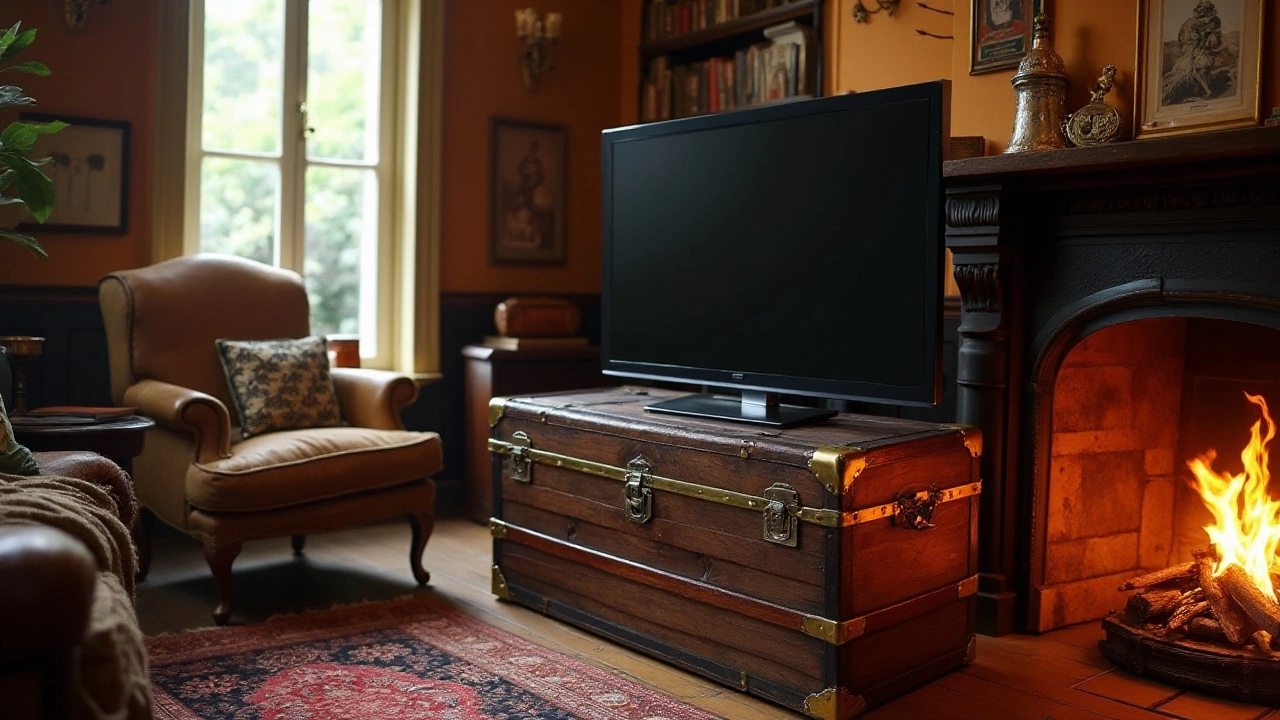TV Setup Solutions: How to Position, Size & Mount Your TV Right
Did you know most viewers sit too close to their screens? A few simple tweaks can make movie night feel like a home theater without buying new gear. Below you’ll find clear steps to get the perfect viewing distance, pick a stand that fits, and mount your TV safely.
Get the Right Distance Between Sofa and TV
The sweet spot for a flat‑screen TV is roughly 1.5 to 2.5 times the diagonal size. For a 55‑inch set, aim for 6.9‑11.5 feet; for a 65‑inch, target 8.1‑13.5 feet. Measure the distance from the middle of the screen to where you normally sit, then adjust your sofa or rug accordingly.
If you have kids or pets, leave a little extra space so they can move around safely. A quick math trick: divide the screen size by 12, then add a zero. That gives you a rough distance in inches – 55 ÷ 12 ≈ 4.6, add a zero → 46 inches, which is about 3.8 feet. Add a foot or two for a more comfortable view.
Don’t forget the height. The screen’s center should be at eye level when you’re seated. Use a simple block or a stack of books to raise a low TV, or lower a high‑mounted unit by a few inches. Adjusting the tilt on a wall mount can also help reduce glare and keep the picture straight.
Pick the Perfect TV Stand and Mounting Spot
When choosing a stand, width matters more than you might think. A good rule is the stand should be at least as wide as the TV, and ideally a few inches wider for stability. A 55‑inch TV looks best on a stand that’s 60‑65 inches wide, while a 65‑inch set needs 70‑75 inches.
If you’re tempted to place a 65‑inch TV on a 55‑inch stand, think twice. The stand may not support the weight, and the overhang can look awkward. Instead, either get a larger stand or consider a wall mount that matches the TV’s VESA pattern.
Mounting a TV is not just about space – it’s about safety. Avoid putting the TV over a fireplace, next to a window with direct sunlight, or on a wall that is hollow or uneven. Use a stud finder to locate solid wall studs, and secure the mount with at least four screws. If you can’t find studs, a toggle bolt system can work, but it’s best to consult a professional.
Bad spots to avoid include the top of a bookshelf (the weight can cause the shelf to bend), above a door where the TV gets bumped, or in a corner where viewing angles become narrow. A centered wall or a sturdy console gives the most flexible view and keeps the TV safe.
Finally, run cables neatly. Use cable clips or a simple conduit to hide wires behind the stand or along the wall. This not only looks cleaner but also prevents tripping hazards for kids and pets.
With these basics – the right distance, a properly sized stand, and a safe mounting spot – your TV setup will feel custom‑built without the custom price tag. Grab a tape measure, check your furniture dimensions, and enjoy a clearer picture tonight.
Creative Alternatives for TV Stands: Reimagine Your Space
Discover creative alternatives to traditional TV stands that not only save space but also add a unique touch to your home decor. This article explores innovative ways to display your television, from using antique trunks to industrial pipes. Learn how to incorporate everyday items into functional and stylish TV setups, making your living room both practical and personalized. Get inspired with these unexpected ideas for a TV display that stands out.
More
